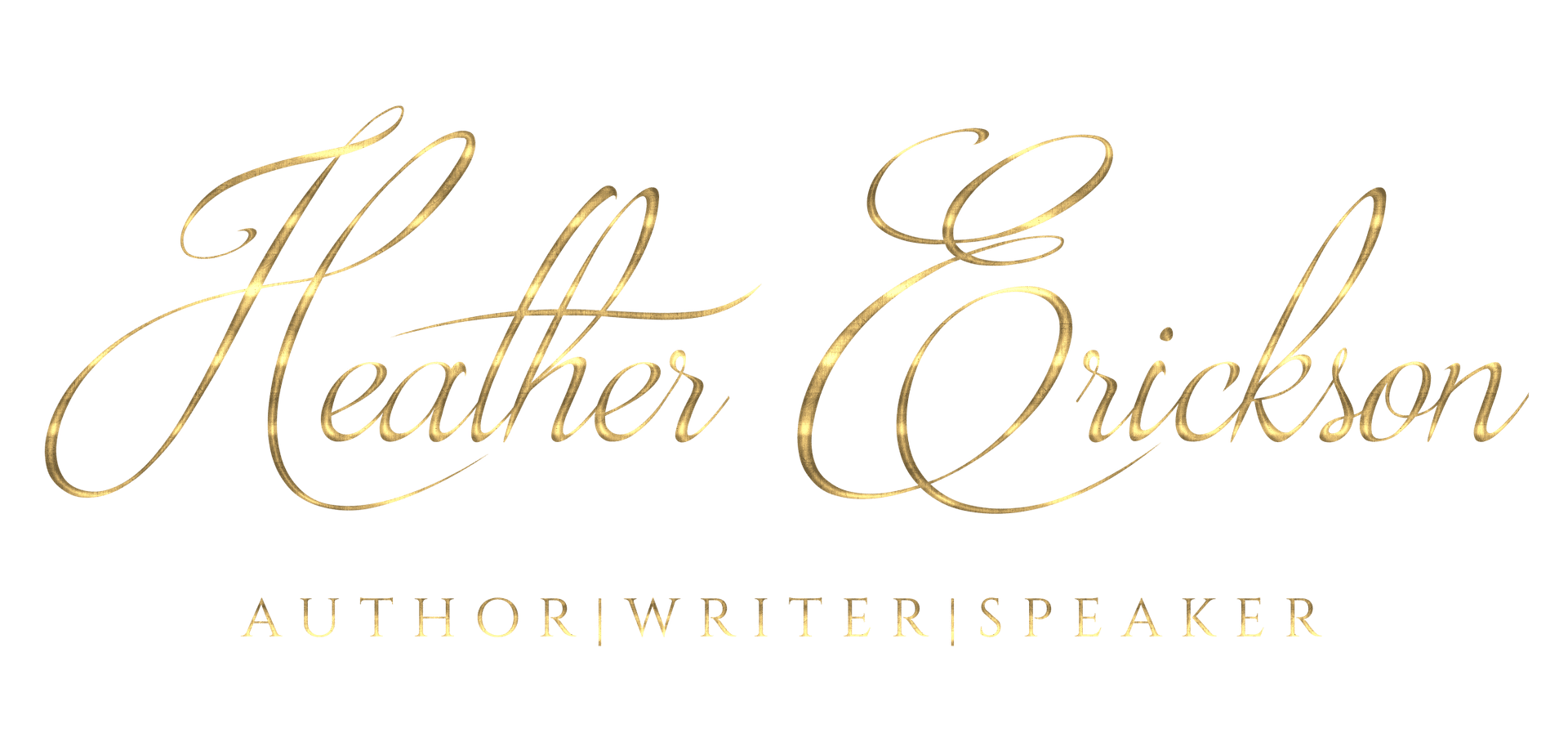
You’ve written your book proposal and decided that your idea for a book is definitely worth pursuing. As a self-published author (or an independent blogger) you will want your content to look as professional as possible. This means doing some of the same things professional publishers do. In this “Behind the Scenes of Self-Publishing” post, I will be sharing why it’s important for every self-published writer to have a style guide.
Create your style guide, or adopt one that someone else has created, early on in your writing process (the earlier the better). In your style guide, you will answer questions about how information is presented. You can then refer to your style guide throughout your writing and publishing process to keep your content consistent.
Because of issues that can arise when you actually publish your book, you will want to wait to implement fonts and formatting until you get to that point. I’ll give you the low-down on that in a later post.
First, consider style choices for your content.
For example:
- How will you handle capitalization and numbering of titles and headings?
- What types of words will you hyphenate? For example, I hyphenate ages like this: “thirteen-year-old.”
- Will you spell out numbers in full, or not? In books, I spell them in full, as you can see in the previous example. In blog posts, however, I use numerals. So you may want to have a different style sheet for each type of content you publish.
- How will you write out dates?
- Will you use footnotes or endnotes? What citation rules will you follow?
- How will you organize your bibliography?
- Is your book or blog specialized? If so, how will you handle specific vocabulary and acronyms that the general public is unfamiliar with? WIll you have a glossary or index?
- Are there specific grammar and punctuation rules you will encounter that are flexible? For example, do you use the Oxford comma? Decide how you will follow these rules in your specific publication and stay consistent!
Perdue OWL is just one of the great online resources to help you wade through the technical aspects of this.
It’s your style guide
You are in control of it. If you are writing for someone else, you will follow their chosen style guide, but as a self-published writer, you can bring your own distinctive flair to the table. It is important that you stay consistent in how you present it, though. That’s why knowing from the outset of the project how to handle various situations, is important.
Consistency=Professionalism
Where will you place your content within the book?
There are so many things you can put into a book. The following is a fairly comprehensive list. You don’t need to (and shouldn’t) used all of these pages. Look at books that are similar to what you are writing. What do their author’s include? Be practical. For example, my daughter wrote the foreword to Facing Cancer as a Parent. This was appropriate since she grew up with a parent who has cancer. She could speak to my qualifications to write the book. Because of that, I didn’t need to include a preface. It would have been redundant. Only use the parts you need and keep the rest in order.
Front Matter
- Book Half Title Page—This is the title only (No subtitle or byline)
- Series Title Page—A list of other published work in the series or a blank page. This is on the backside of the book half-title page.
- Title Page—Your book’s full title and subtitle, as well as your name and that of any co-author(s) and/or translator.
- Copyright Page—Copyright notice, including the year of publication and the name of the copyright holder (usually the author), permissions and acknowledgments, publisher’s address and country of publication, categories, ISBN, and disclaimers.
- Dedication—Optional.
- Epigraph—A quotation along the theme of the book (optional).
- Table of Contents—Only used in nonfiction and Fiction when the chapters have titles. Subheadings are optional.
- Foreword—Most common in nonfiction. Written by someone other than the author, typically an expert in the field of the book’s subject.
- Preface—Most commonly found in nonfiction books. Describes the author’s qualifications to write about the book’s subject.
- Acknowledgments—While traditionally positioned here, this note of appreciation to those who supported or helped the author as they wrote the book is more commonly being placed in the back matter. This is due to the logistics of the sample pages an author is allowed to display in online stores like Amazon.com. By placing the acknowledgments in the back, the prospective reader is able to see the more pertinent material.
- Introduction—This is preliminary information the author wants to share to help the reader better understand the material they will read. In a fiction book, this will be a prologue, which will set the scene or introduce characters.
- A 2nd Half Title Page—This is optional, and usually only used is there is extensive front matter.
The Body of the Material
Usually divided into sections, chapters, and subchapters.
Back Matter
- Afterword—Situates the book in a wider context. In fiction, this is an “epilogue” to bring closure to the story.
- Note to the Reader—When self-publishing a book, it is common and advisable to write a professional note to the reader thanking them for reading your book and requesting that if they enjoyed it, would they please consider writing a review of the book on Amazon.com and Goodreads. This is particularly applicable in an e-book format.
- Acknowledgments are more commonly being placed here.
- Appendix—Includes any data, tables, reports, research, and sources.
- Chronology—Used to list the events in a historical context.
- Glossary—Lists any complex or technical terms.
- Bibliography—Depending on how you cite your sources, this lists source material at the end of the book.
- Contributors and Credits—Lists any contributors to the book and credits any illustrations.
Later you will format your content.
Formatting is anything you do to change the appearance of the text. This includes:
- Font: style, size, bold, italics, underline, etc.
- Spacing: Single, double, or somewhere in between?
- Lists: Will they be bulleted, numbered, in outline form, etc.?
- How will you treat book and chapter titles, headings, subheadings, etc.?
Write your formatting choices down in your style guide, as well. You can (and should) use this same guide in all of your future books, especially those in a series.
If you are a blogger, you will create a style guide for all of your blog posts! Often it evolves over time, as you learn what you and your readers like. Later, you can freshen up old posts and make any changes necessary for consistency.
Next week…
I will tell you more about formatting and why it’s important to hold off on formatting until you are ready to publish. You will want to start thinking about this early on, though.
About Heather Erickson
I am an author, writer, and speaker and homeschooling mom of 3. Since doctors diagnosed my husband, Dan with stage IV lung cancer in 2012, I’ve focused my writing and speaking on helping cancer patients and their families advocate for themselves and live life to the fullest, in spite of their illness. My goal is to help people face cancer with grace.
My books The Memory Maker’s Journal and Facing Cancer as a Friend: How to Support Someone Who Has Cancer, are available at Amazon.com.
I also blog about living with cancer at, Facing Cancer with Grace.


5 comments on “Do You Really Need a Style Guide?”
Jacqui
May 30, 2018 at 9:43 amGood list of what to consider, Heather. I was unhappy a few years ago with the look of my non-fiction texts and worked with Joel Friedlander to help me organize a personal ‘stylesheet’. He was wonderful and helped me figure out truly the importance of doing just what you’re writing about.
Karen Hume
May 30, 2018 at 7:00 pmGreat advice, Heather, and a really comprehensive, thoughtful list of considerations. I’d forgotten that I’d written a style guide when I started Profound Journey. I’ll have to go back to it, see what I’ve changed, and recheck my posts to make sure I’m consistent. Thanks for the nudge.
heatherericksonauthor
June 1, 2018 at 4:54 pmHi Karen, It’s fun to look back and see the changes you’ve made. What year did you begin Profound Journey?
Liz A.
May 30, 2018 at 8:17 pmI have heard of style guides. They’re great in the fantasy genre as one can keep track of how various beings that populate the world are named (and how those names are written throughout). That’s just one example. I do not have any style guides written, however. Maybe someday.
heatherericksonauthor
June 1, 2018 at 4:56 pmHi Liz, Some fantasies could fill a whole notebook with things needed to keep the story consistent. I keep those kinds of details in a separate file for my mysteries so I don’t forget anything.